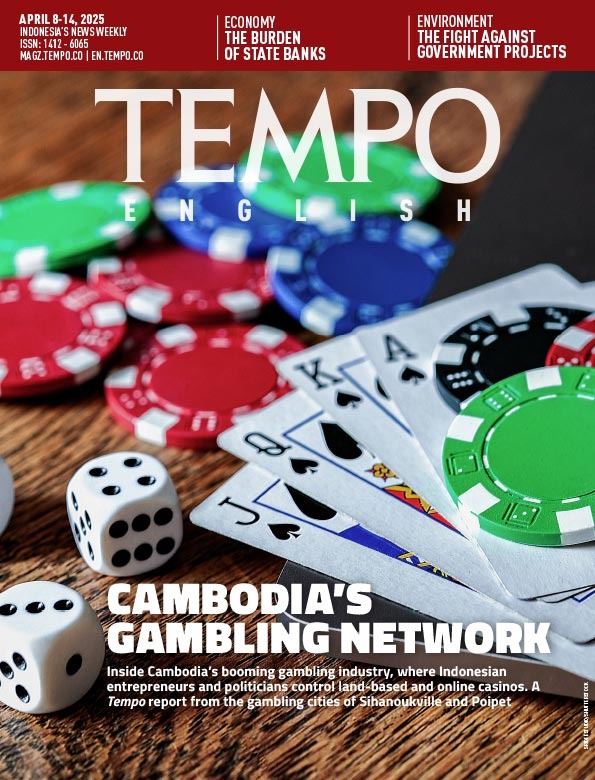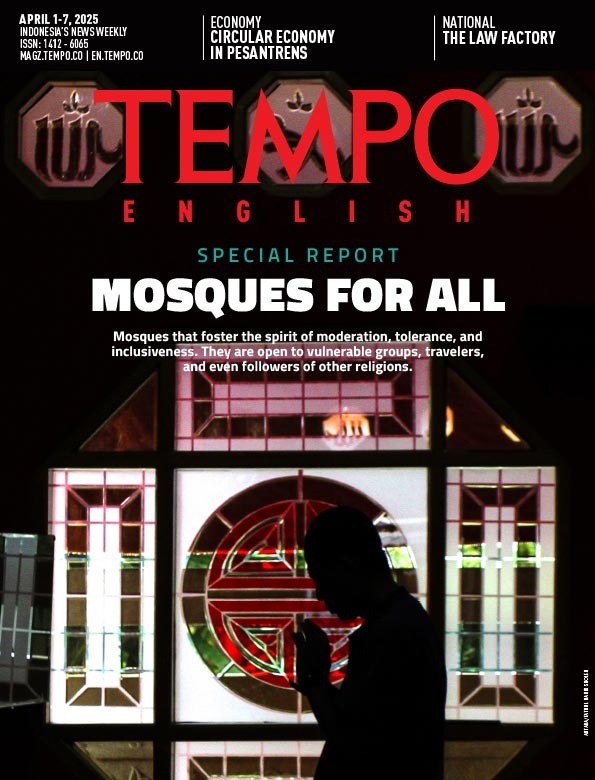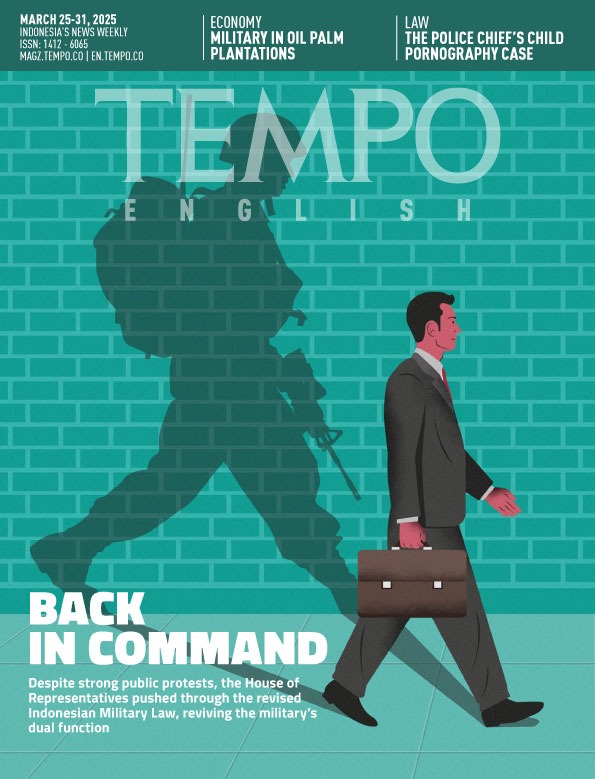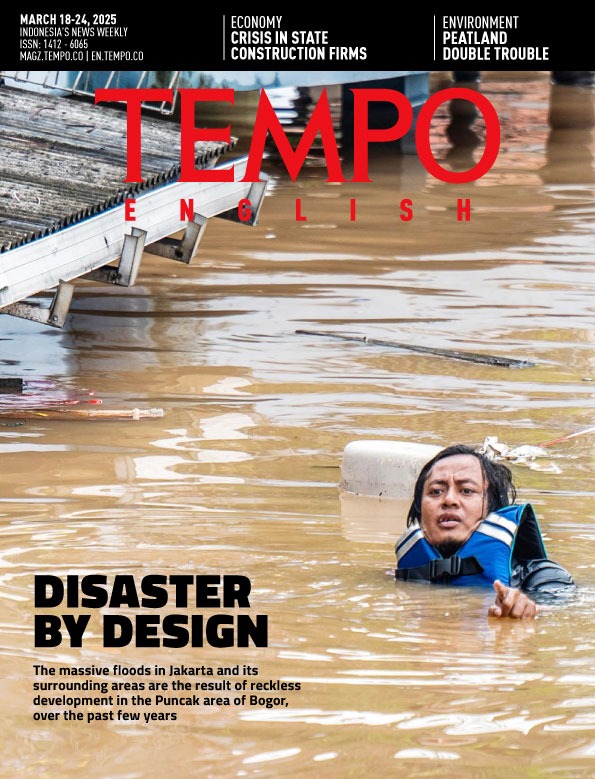Gustaf Rudolf Kawer, Chairman, Papuan Human Rights Lawyers’ Association: Jokowi’s Approach to Papua Not Humanistic
Tuesday, November 10, 2020
arsip tempo : 174443961065.
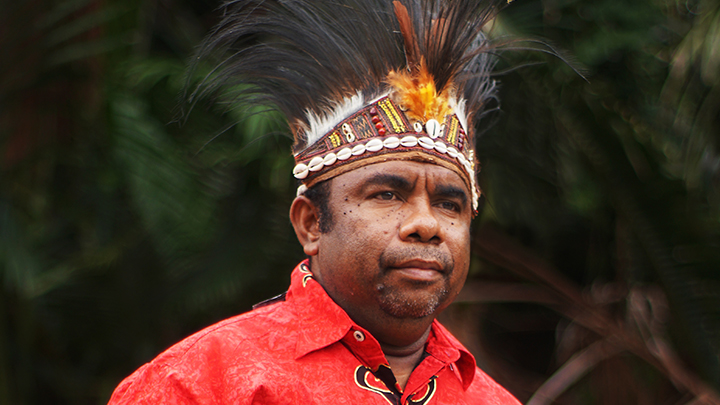
HE was still a primary student in 1984 when the death of Papuan anthropologist and artist Arnold Clemens Ap rocked his homeland. Arnold was shot to death by Sandi Yudha Command Forces—now Special Elite Forces (Kopassus)—and his body thrown to the sea.
Seventeen years later on November 10, 2011, Dortheys ‘Theys’ Hiyo Eluay, Papuan customary leader, was also shot dead by Kopassus members. “I thought to myself, these
...
Subscribe to continue reading.
We craft news with stories.
 For the benefits of subscribing to Digital Tempo, See More
For the benefits of subscribing to Digital Tempo, See More





